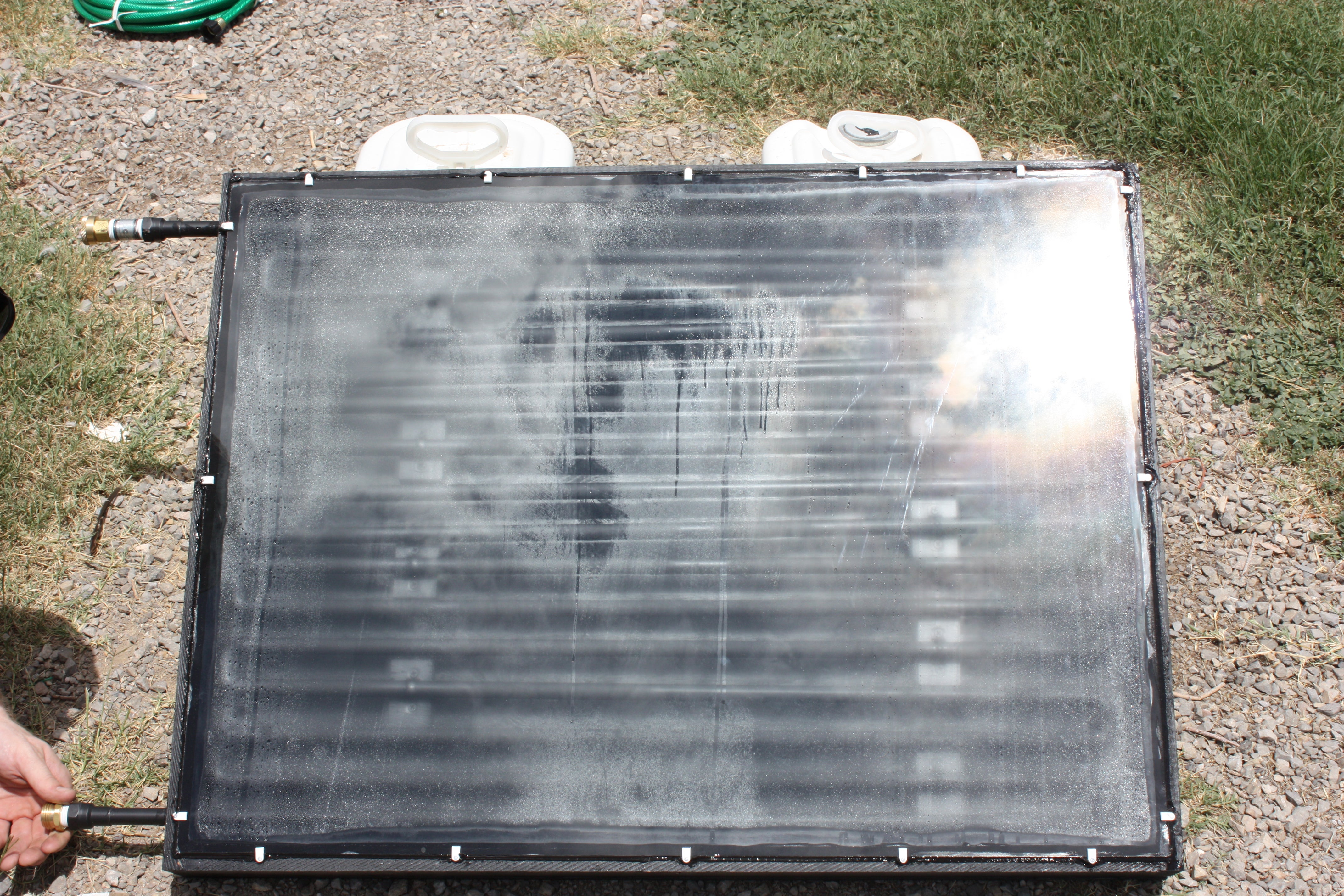Low-Cost Hot Water Solution
Page Information

본문
 A solar water heater is an crucial component in many residential and commercial buildings as it provides a budget-friendly and ecologically friendly solution for meeting hot water demands. However, for a solar water heater to operate smoothly, it is crucial to select the right size and type of system for the specific needs of the building. In this article, we will discuss the key factors to consider when sizing and selecting a solar water heater for optimal performance.
A solar water heater is an crucial component in many residential and commercial buildings as it provides a budget-friendly and ecologically friendly solution for meeting hot water demands. However, for a solar water heater to operate smoothly, it is crucial to select the right size and type of system for the specific needs of the building. In this article, we will discuss the key factors to consider when sizing and selecting a solar water heater for optimal performance.Sizing a Solar Water Heater
The first step in selecting a solar water heater is to ascertain the required solar collector area or the size of the system. This can be calculated based on several factors, including the desired hot water usage, the local climate, and the available roof space for installation. Typically, a solar water heater system consists of a collector, a storage tank, and connected piping and controls. To guarantee optimal performance, the collector area should be coordinated to the size of the storage tank.
The American Society of Heating, Refrigerating and Air-Conditioning Engineers (ASHRAE) provides guidelines for sizing solar water heater systems based on the intended hot water usage in gallons per day. For example, for a household with a hot water usage of 20-30 liters, a collector area of 4-6 square meters would be necessary.
Selection of Solar Water Heating System Type
Solar water heaters can be classified into two main types: fossil systems. In a passive system, water is warmed by penetrating through a dark-colored tank or panel, while an active system uses pressurized circulation to transfer heat from the collector to the storage tank.
Determine the System Type Based on Climate
In mild winters and hot summers, solar water heaters with gravity-fed or thermosyphon systems have lower upfront costs but yield up to 30% lowered efficiency throughout their lifespan. However, regions with freezing temperatures should select for active systems with antifreeze or desuperheaters to block ice formation in the plumbing lines.
Types of Solar Thermal Collectors
Solar water heater systems can make use of six types of solar thermal collectors:
- Evacuated Tube Collectors: these are the most productive type of collector and best for large storage tanks and strenuous hot water needs.
- Heat Exchangers: typically, flat plate collectors are equipped with heat exchangers, which help stop contamination of the potable water.
- Concentrating Collectors: they consist of large mirrors to concentrate the sunlight onto a smaller collector area.
- Heat Pipe Collectors: made with pipes of high-thermal conduction material, which also assist with efficient cooling during nightfall.
- Flatabsolar Collectors: an fusion of two types and believed suitable for a variety of solar water heater configurations.
- Compound Parabolic Collector (CPC): merges some of the benefits from a range of the previously mentioned collectors.
A solar storage tank is used to keep the hot water produced by the collector. The tank's volume and insulation should align with the intended water usage and local climate. In areas with low temperature extremes, a high insulation level and small tank size can mitigate energy costs. However, in locales with high demand for hot showers or pools, larger capacities are necessary.
Important Considerations for System Performance
- System Insulation: Ensure that the entire system is adequately insulated, starting from the storage tank to the collector piping.
- Pipe Materials: The choice of piping materials should be impervious to heat and thermal shock.
- Controls and Safety Devices: A well-designed regulation system, such as pump starters and pressure regulators, helps confirm unobstructed function and enhance the lifespan of the system.
Timely system checks, accurate valve operation, maintenance of adequate water flow rates, and guaranteeing proper cover for the storage tank all contribute to your solar water heater operating at peak levels. Consider obtaining a free hotline consultation or investing in expert maintenance contact every 2 years or more, depending on the local laws.
By following this guide and evaluating the various factors mentioned, you can fruitfully size and select a solar water heater that meets your needs, operates effectively, and provides you with economic benefits, clean energy, and environmentally sustainable hot water for years to come.
- PrevOptimizing Solar Water Heater Performance 25.04.19
- NextBest Solar Water Heater Tips 25.04.19
댓글목록
등록된 댓글이 없습니다.
